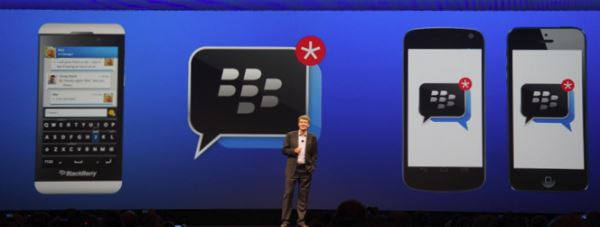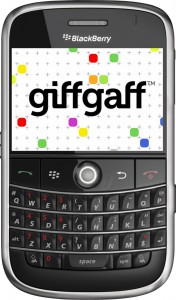The end of BlackBerry (part 2)

Continuing on from our previous article, we take an insider’s look at the strategic decisions inside BlackBerry that have ultimately led to its downfall over the last few years. Last time, we wrote about how, soon after the iPhone came out, there was a lot of confusion in the company about how their hardware design should proceed and many advocated producing touchscreen smartphones. Meanwhile, others were obsessed with sticking to BlackBerry’s formula of phones with physical-ketybaords that had served them so well in the beginning.
A major decision BlackBerry made around this time was to acquire the Canadian company Quantum Software Systems in 2010. They wanted to use their Unix-like QNX operating system in the playbook and later in the BlackBerry 10 software. However, many now see this as a major mistake:
Claiming QNX is a “cutting edge” software company is ridiculous. They brought their own set of hubris, their own attitudes and (severely antiquated) practices. QNX infected BlackBerry at many levels
It has been said that the QNX developers lacked the technical know-how to do was required at BlackBerry. Ex-employees at the company even claim that because of this acquisition, the product elegant team was infested with sub-par talent and incompetent engineers.
By 2013, it was soon clear that the QNX experiment and BlackBerry 10 as a project had been a major disappointment if not an outright failure.
In the previous years, within the company, co-CEO Jim Balsillie had been arguing for significant change in direction to try and rescue BlackBerry from the ever-nearer precipice they were approaching. His master plan was to capitalise on the popularity of their proprietary messaging system, BBM. Massively popular with teenagers and people in developing countries, BBM was used by millions of users every day and was completely controlled by BlackBerry.
His plan, was to morph BlackBerry into a services provider and for them to dominate a different vertical in the mobile ecosystem. If they could persuade mobile networks to use BBM as the new de facto standard for instant messaging, BlackBerry would have a role to play on every smart phone in the world. He envisaged that eventually, BBM could potentially replace SMS text messages.
If somehow BlackBerry could get their messaging service onto all sorts of non-BlackBerry smart phones, they would have access to an enormous source of new revenue from fees charged for each message sent. It was Balsillie’s big idea.
However, it wasn’t to be. Soon rival messaging services such as Kik Messenger and WhatsApp were cornering the market. In January 2012, Mike Lazaridis and Jim Balsillie resigned as the joint CEOs of BlackBerry and Thorsten Heins took over. Not long after, Heins and Lazaridis agreed to kill Balsillie’s dream for BBM.
Now BlackBerry are releasing a version of BBM for android and iOS smart phones but the damage has probably already been done. Most industry analysts think it’s too little too late.
Just a few days ago BlackBerry published an open letter in The Times. It’s also reproduced on their website and the message is clear. BlackBerry are desperate and they need to persuade consumers that they are still a meaningful force and a viable option. They want to say loud and clear “You can continue to count on BlackBerry”.
The letter itself if worth a read. It’s a defiant call and a strong attempt to show why BlackBerry is still relevant. Only time will tell whether this is the end of BlackBerry or merely a new beginning.
What’s your take? Should BlackBerry have tried to roll-out BBM to other platforms much sooner? Were they wrong to embrace touchscreens over concentrating on devices with physical keyboards? And was using QNX as the basis for the BlackBerry 10 operating system a major mistake? Let us know below.





Recent Comments